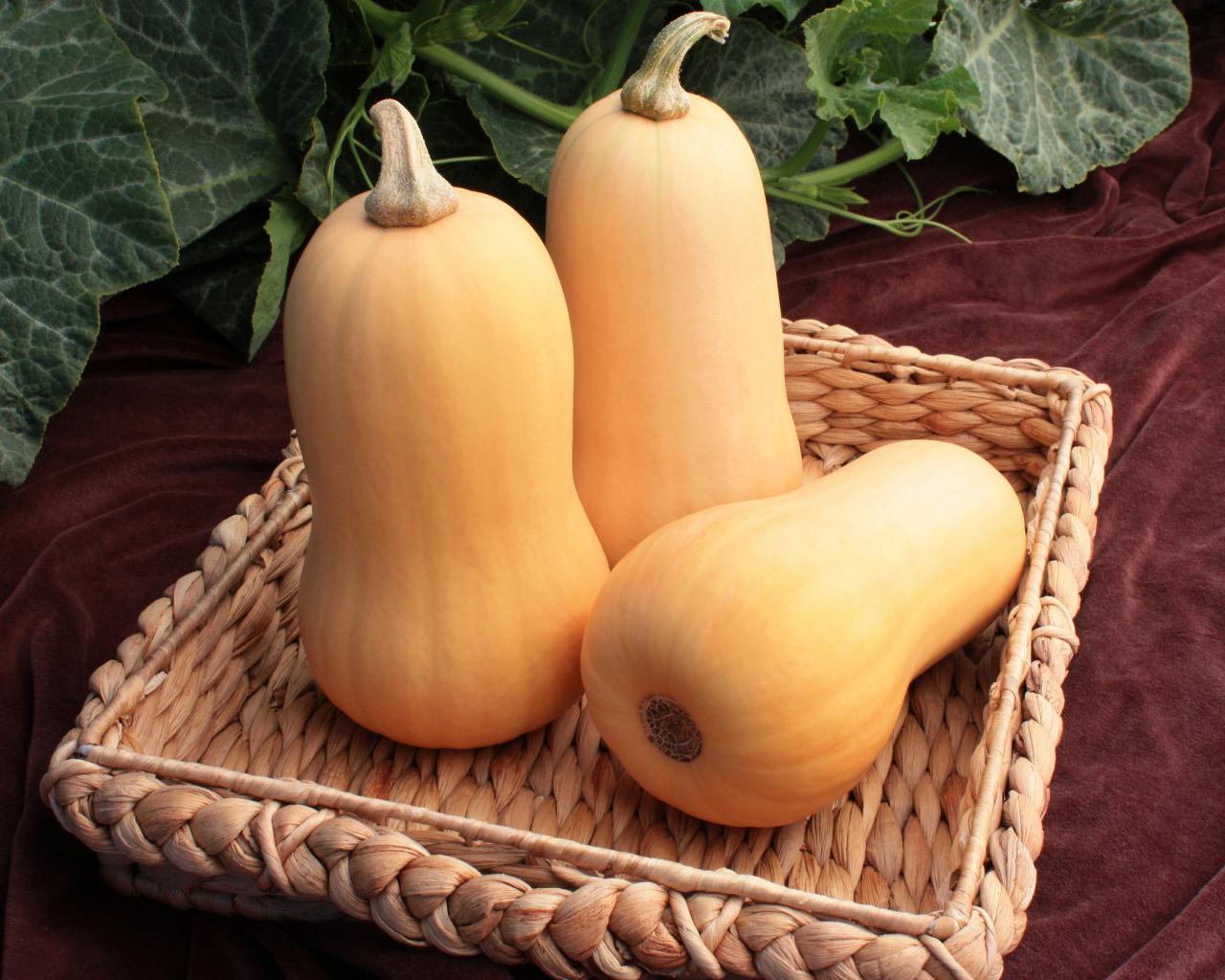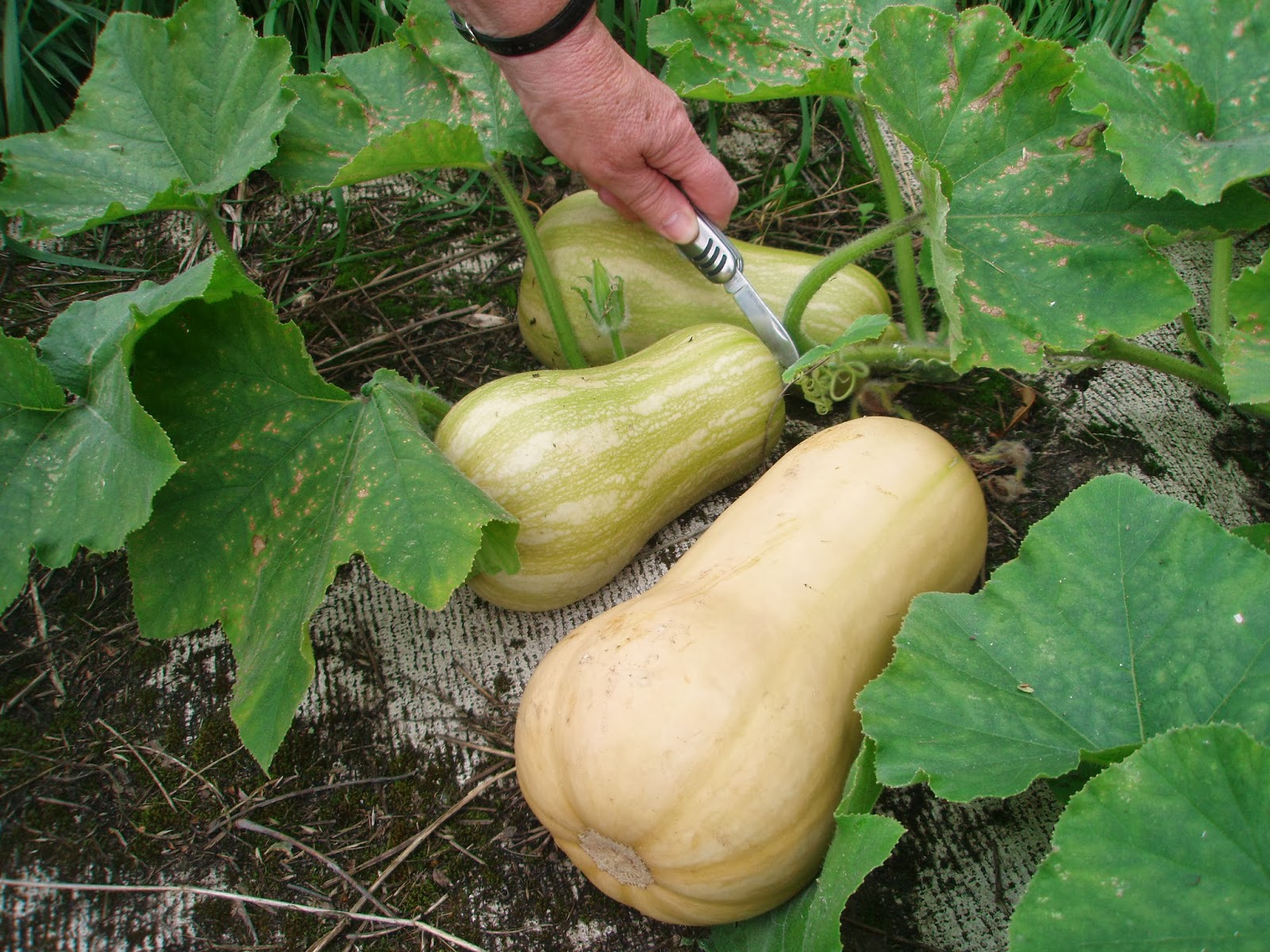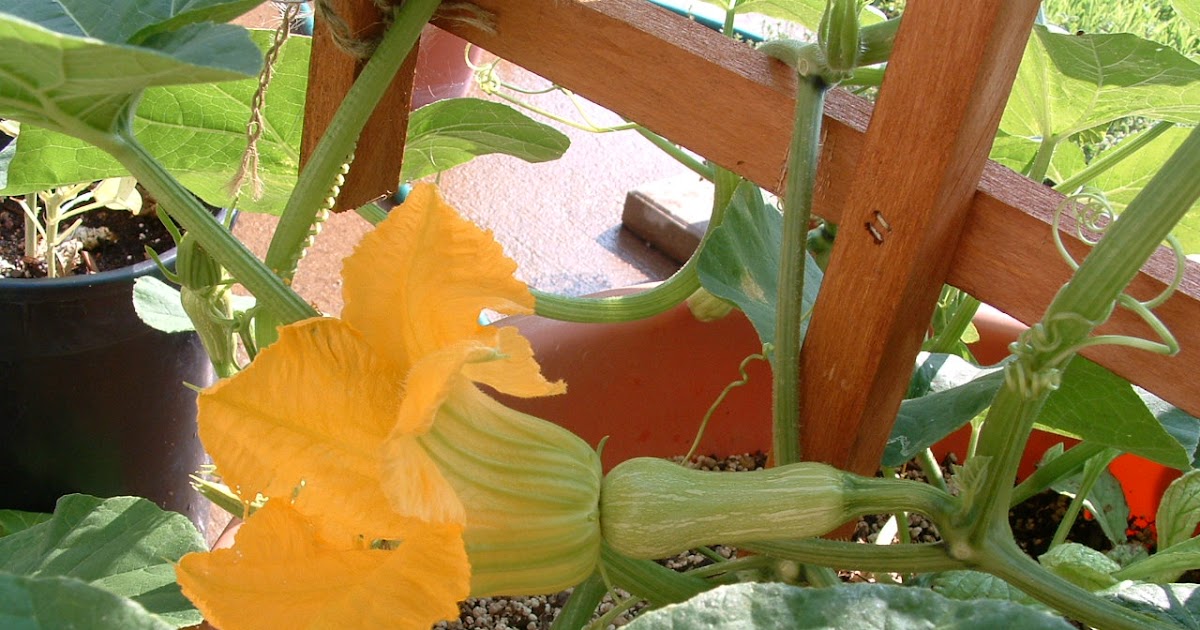Why Choose Container Gardening for Butternut Squash?
When it comes to growing butternut squash, container gardening offers a unique set of benefits that make it an attractive option for gardeners of all skill levels. One of the primary advantages of growing butternut squash in containers is the space-saving aspect. By utilizing containers, gardeners can cultivate this vining crop in even the smallest of spaces, such as balconies, patios, or rooftops. This is particularly useful for urban gardeners or those with limited yard space, allowing them to still enjoy a bountiful harvest of delicious butternut squash. Additionally, container gardening allows for improved soil quality, as the soil can be specifically tailored to the needs of the butternut squash plant. This results in healthier plants and a more abundant harvest. Furthermore, container gardening increases accessibility for gardeners with limited mobility, as the containers can be placed at a comfortable height, reducing the need for bending or stooping. With these benefits in mind, it’s no wonder that growing butternut squash in containers is becoming an increasingly popular choice among gardeners. By choosing to grow butternut squash in container, gardeners can enjoy a successful and rewarding harvest, even in the smallest of spaces.
How to Select the Perfect Container for Your Butternut Squash
When it comes to growing butternut squash in containers, selecting the right container is crucial for a successful harvest. The ideal container for growing butternut squash should be large enough to accommodate the mature size of the plant, with a minimum capacity of 5-7 gallons. This will provide enough room for the roots to grow and support the plant’s vining habit. In terms of material, containers made from breathable materials such as wood, terra cotta, or ceramic are ideal, as they allow for good aeration and water retention. Avoid using containers made from plastic or metal, as they can retain too much heat and moisture, leading to root rot and other problems. A well-draining container is also essential, as butternut squash is prone to root rot if the soil is too wet. Look for containers with drainage holes in the bottom or consider adding a layer of broken pottery or small rocks to improve drainage. By choosing the right container, gardeners can set their butternut squash plants up for success and enjoy a bountiful harvest. When growing butternut squash in containers, it’s essential to select a container that meets the specific needs of the plant, providing the right balance of aeration, water retention, and drainage.
Preparing the Ideal Soil Mix for Container-Grown Butternut Squash
When it comes to growing butternut squash in containers, a well-balanced soil mix is essential for healthy growth and fruiting. Butternut squash prefers a slightly acidic to neutral soil pH, ranging from 6.0 to 7.0. In terms of nutrient requirements, butternut squash is a heavy feeder and benefits from a soil mix rich in organic matter, phosphorus, and potassium. A good starting point for a container-grown butternut squash soil mix is a blend of 20% compost, 20% peat moss, and 60% potting soil. This will provide the necessary nutrients and water-holding capacity for the plant to thrive. Additionally, incorporating organic matter such as worm castings or well-rotted manure can help to improve soil structure and fertility. When preparing the soil mix, it’s essential to avoid using soil from the garden, as it can compact and prevent proper drainage in the container. Instead, opt for a high-quality potting soil specifically designed for containers. By creating an ideal soil mix, gardeners can set their butternut squash plants up for success and enjoy a bountiful harvest when growing butternut squash in containers.
Acquiring Healthy Butternut Squash Seeds or Seedlings
When it comes to growing butternut squash in containers, acquiring healthy seeds or seedlings is crucial for a successful harvest. There are several options for obtaining butternut squash seeds or seedlings, each with its own advantages. One option is to purchase seeds from a reputable supplier, ensuring a high germination rate and disease-free seeds. Another option is to save seeds from previous harvests, allowing gardeners to preserve their favorite varieties and reduce costs. For those who want to get a head start on the growing season, starting seeds indoors 2-3 weeks before the last frost date can give butternut squash plants a strong foundation for growth. When selecting seedlings, look for those with sturdy stems, bright green leaves, and no signs of pests or diseases. Regardless of the method chosen, it’s essential to handle seeds and seedlings with care, as they are delicate and require gentle handling. By acquiring healthy butternut squash seeds or seedlings, gardeners can set themselves up for success when growing butternut squash in containers.
Mastering the Art of Sowing and Transplanting Butternut Squash
When it comes to growing butternut squash in containers, sowing and transplanting are critical steps in the process. To ensure success, it’s essential to provide the right conditions for germination and growth. Start by filling the container with a well-balanced soil mix, and then sow 2-3 seeds about 1 inch deep and 4-6 inches apart. Water the soil gently but thoroughly, and maintain a consistent moisture level. Butternut squash seeds typically germinate within 7-10 days, and once seedlings emerge, provide them with full sun and warm temperatures (around 65-75°F). Once the seedlings have 2-3 sets of leaves, it’s time to transplant them into larger containers or directly into the garden. Harden off the seedlings by gradually exposing them to outdoor conditions over the course of 7-10 days. When transplanting, handle the roots with care, and plant the seedlings at the same depth as they were previously. Water thoroughly after transplanting, and keep the soil consistently moist during the first few weeks. By following these steps, gardeners can successfully sow and transplant butternut squash, setting themselves up for a bountiful harvest when growing butternut squash in containers.
Supporting and Training Your Butternut Squash Plant
As butternut squash plants grow, they require support to promote healthy growth and fruiting. Providing the right type of support can make a significant difference in the overall yield and quality of the squash. One of the most effective ways to support butternut squash plants is by using trellises, cages, or stakes. These structures help to keep the plant upright, allowing it to grow upwards and outwards, and making it easier to harvest the fruit. When choosing a support system, consider the mature size of the plant and the weight of the fruit. For example, a sturdy trellis or cage can provide the necessary support for a vining butternut squash variety, while a stake can be used for a bush variety. Additionally, training the plant to grow up the support system can be done by gently twining the vines around the structure or tying the stems to the stake using soft twine. By providing the right support and training, gardeners can encourage their butternut squash plants to thrive and produce a bountiful harvest when growing butternut squash in containers.
Watering, Fertilizing, and Pest Management for Container-Grown Butternut Squash
When it comes to growing butternut squash in containers, watering, fertilizing, and pest management are crucial aspects to consider. Butternut squash plants require consistent moisture, especially when they’re producing fruit. Water the soil gently but thoroughly, making sure not to overwater, which can lead to root rot and other diseases. A good rule of thumb is to check the soil moisture daily, and water only when the top 2-3 inches of soil feel dry to the touch. In terms of fertilization, butternut squash plants are heavy feeders and require a balanced fertilizer that’s high in phosphorus to promote fruiting. Apply a fertilizer specifically formulated for fruiting plants, following the manufacturer’s instructions for application rates. Additionally, keep an eye out for common pests like aphids, whiteflies, and squash bugs, which can be controlled using organic pest management methods like neem oil and insecticidal soap. Regularly inspect the plants for signs of disease like powdery mildew and downy mildew, and treat promptly if necessary. By following these guidelines, gardeners can create a healthy and thriving environment for their butternut squash plants to grow and produce a bountiful harvest when growing butternut squash in containers.
Harvesting and Enjoying Your Homegrown Butternut Squash
After weeks of nurturing and care, the moment of truth arrives – it’s time to harvest your homegrown butternut squash To determine if the squash is ready to be picked, gently tap the skin; a ripe butternut squash will have a hollow sound. Additionally, the skin should be hard and fully mature, with no soft spots or bruises. Cut the stem carefully with a sharp knife or pruning shears, leaving about 2-3 inches of stem attached to the fruit. Handle the squash gently to avoid bruising or scratching the skin. Once harvested, store the butternut squash in a cool, dry place, away from direct sunlight. For long-term storage, keep the squash at a consistent temperature between 50-60°F (10-15°C), with good air circulation. Before cooking, wash the squash thoroughly, then peel, seed, and chop it according to your recipe. Butternut squash can be roasted, sautéed, or used in soups and stews, making it a delicious and versatile addition to any meal. By following these guidelines, gardeners can successfully grow butternut squash in containers and enjoy the fruits of their labor all season long.







